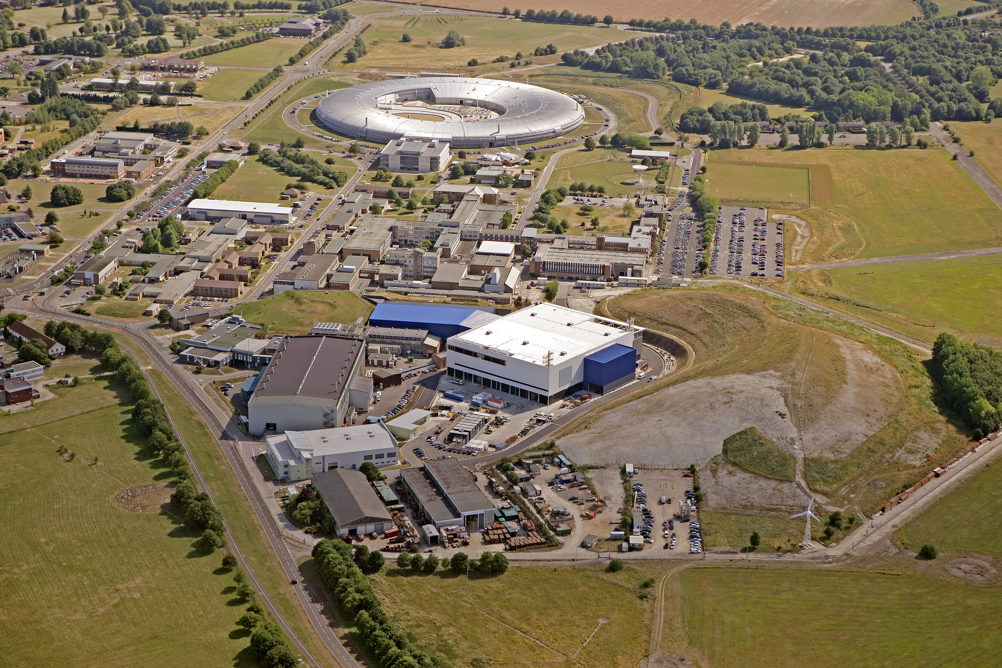Meet the FREYA partners: STFC
Many different organizations are involved in FREYA and in this blog post series we take a closer look at the partners and their work. This time you can read about STFC, The Science and Technology Facilities Council (part of UK Research and Innovation).
What is the mission of your organisation?
STFC is a world-leading multi-disciplinary science organisation in the UK. As well as funding research in the fields of astronomy, particle physics and nuclear physics, STFC operates large-scale facilities for use by researchers, including the ISIS pulsed neutron and muon source and state-of-the-art laser technologies. The Diamond synchrotron is another major facility, funded as a joint venture with STFC and the Wellcome Trust and located at STFC's Rutherford Appleton Laboratory.
STFC’s headquarters is in Swindon but there are large establishments including Rutherford Appleton Laboratory in Oxfordshire, where the FREYA project team is located. STFC employs around 2000 staff and has an annual budget of nearly £700M.
Scientific Computing Department tackles the challenges of handling and managing the huge amounts of data that modern science generates and analyses. The department manages high performance computing facilities, services and infrastructure, supporting STFC's advanced scientific facilities, and develops solutions for the entire research lifecycle from data gathering to publication.
Why are PIDs important (for your organisation)?
PIDs are already used in many contexts in STFC. Our institutional repository ePubs assigns PURLs to its contents, while the ISIS facility uses DOIs to identify experiments and datasets. Nonetheless there is scope for going much further, introducing new types of PID (e.g. for particular instruments) and linking PIDs together to allow analysis of impacts of research funding and of the use of particular facilities and instruments within them. PID graphs like this will be of value not only to STFC but to other international scientific facilities.
What do you do in FREYA?
STFC is the coordinating partner of FREYA. As well as this role, we are developing pilot applications of the PID Graph, initially focusing on PhD students supported by STFC and the outcomes of their research. This represents different aspects of the STFC operation: as an operator of large-scale facilities with multiple instruments, and also as a funder that sponsors researchers directly or through financing their projects. The application involves work with another FREYA parter, the British Library, and their EThOS repository. Finally, STFC is leading the Work Package on sustainability in FREYA: developing the so-called “PID Commons” as a mechanism for sustaining PID services into the future.
What would your perfect (PID) world look like?
FREYA’s vision of the PID Graph is very appealing, and I would like to make that a common way of thinking about and developing applications based on PIDs. The idea of the graph is easy to grasp, but of course there are many complexities in reality. I would like to see FREYA providing really persuasive exemplars of PID graph use in particular disciplines, and providing the services, standards etc. that will help others to develop their own graphs and link them together to provide information that would not be easily obtainable in any other way. PIDs have a vital role in making FAIR data and Open Science a reality.

View of Rutherford Appleton Laboratory site showing ISIS (foreground) and Diamond (background) [Picture originates from the STFC Image Library, CC BY-SA 2.0.]
For more information on STFC you can visit https://stfc.ukri.org/